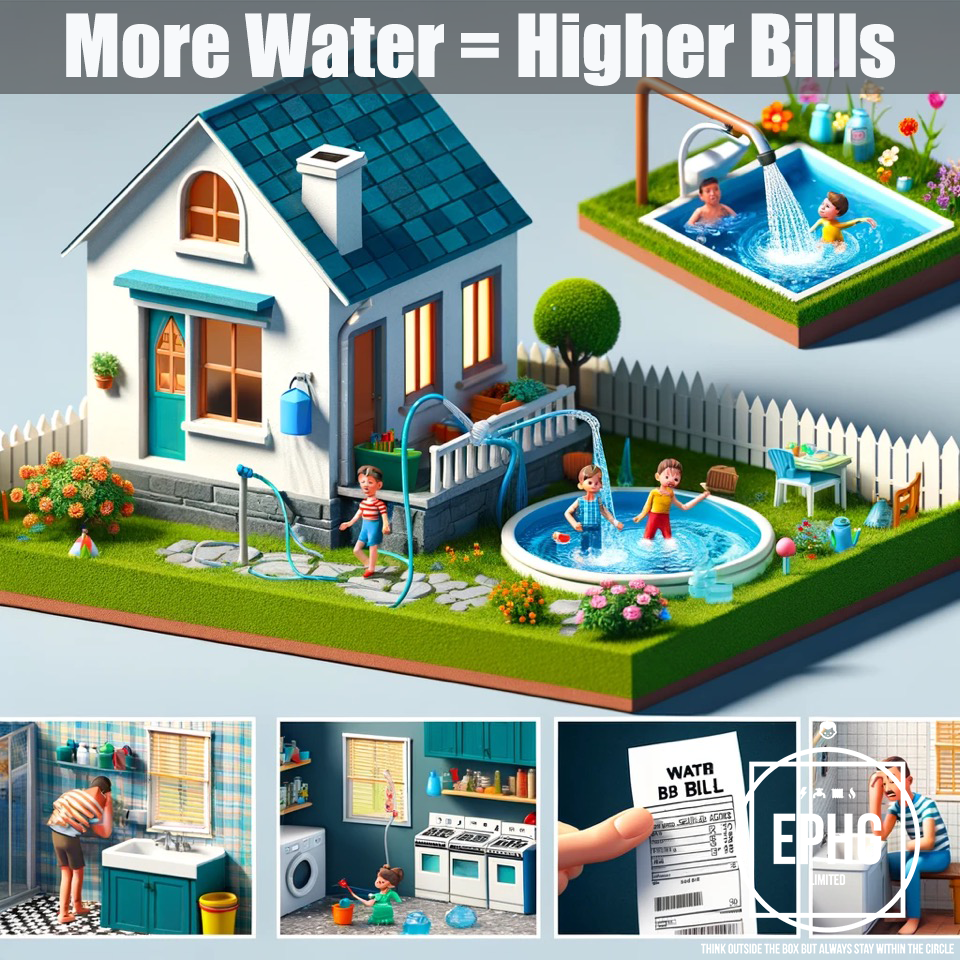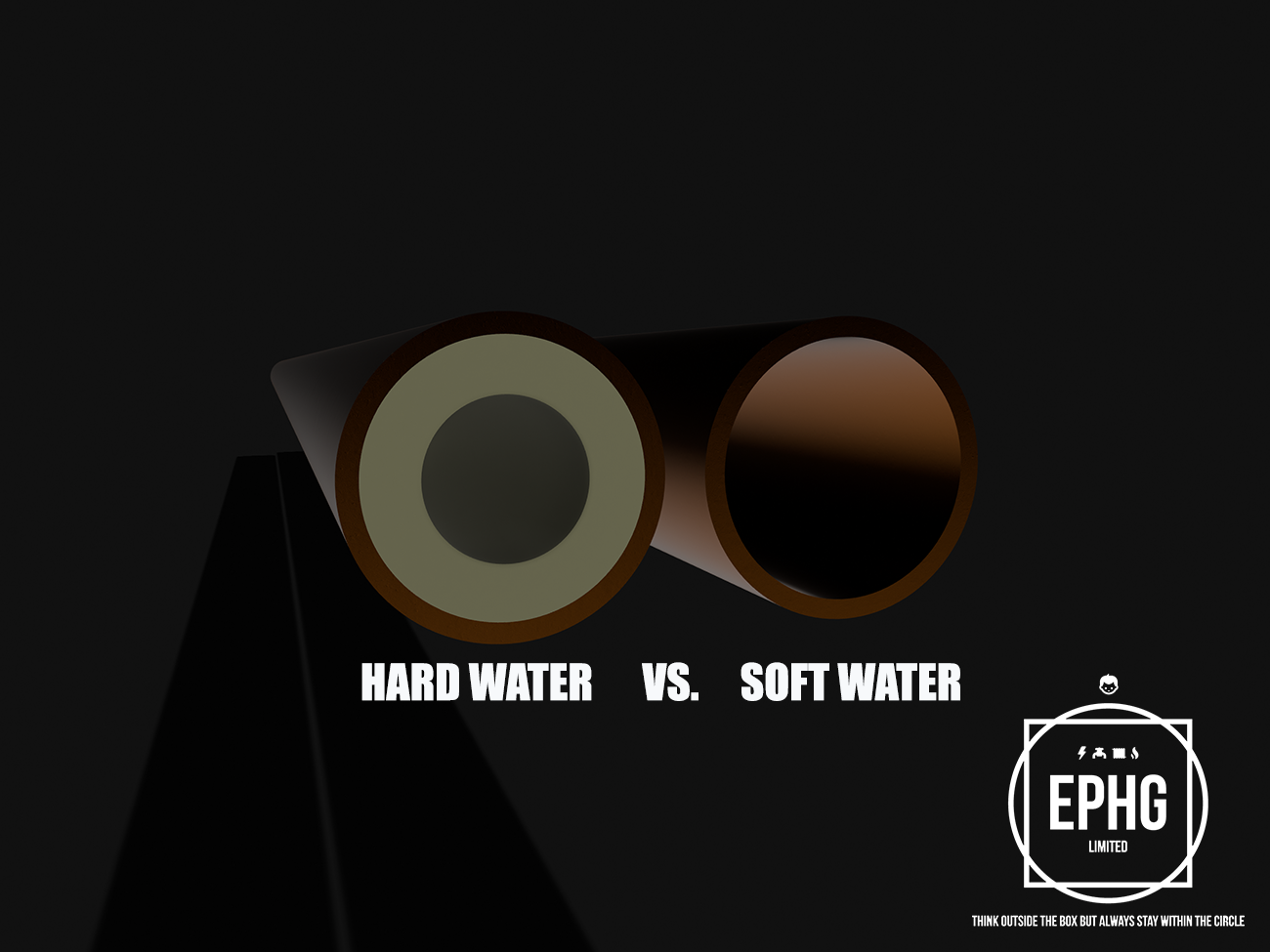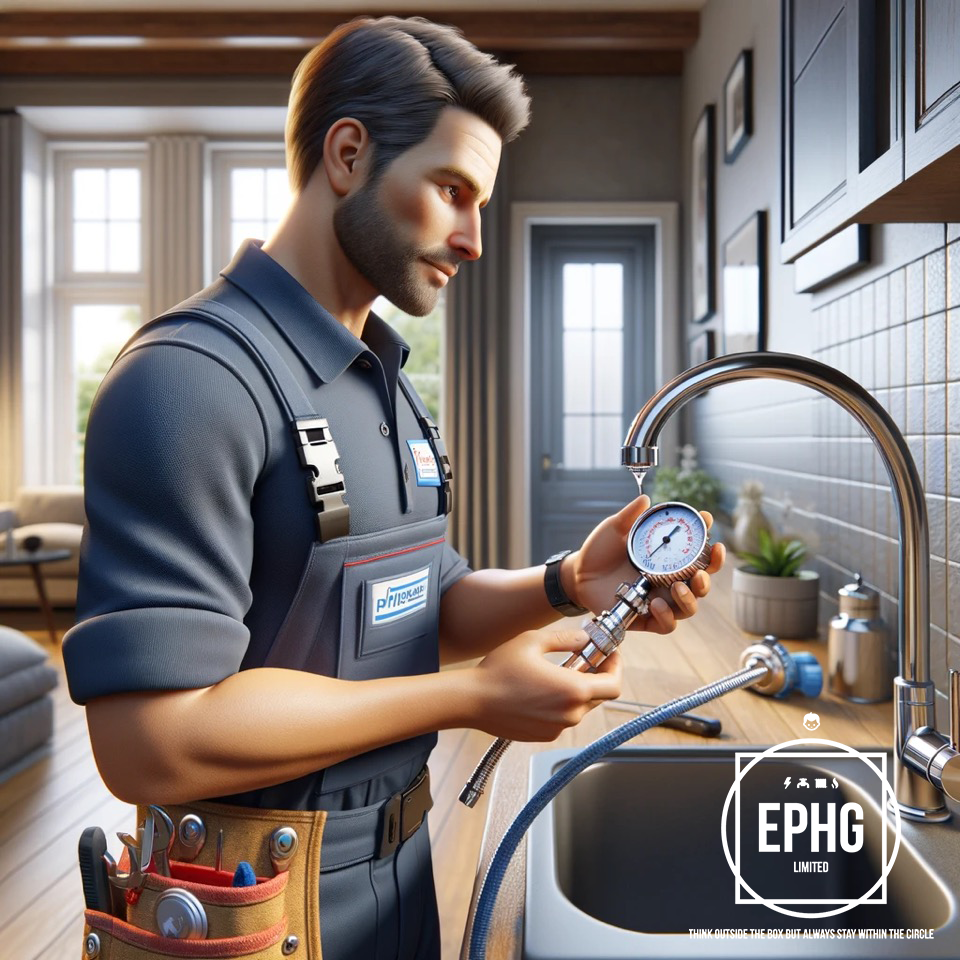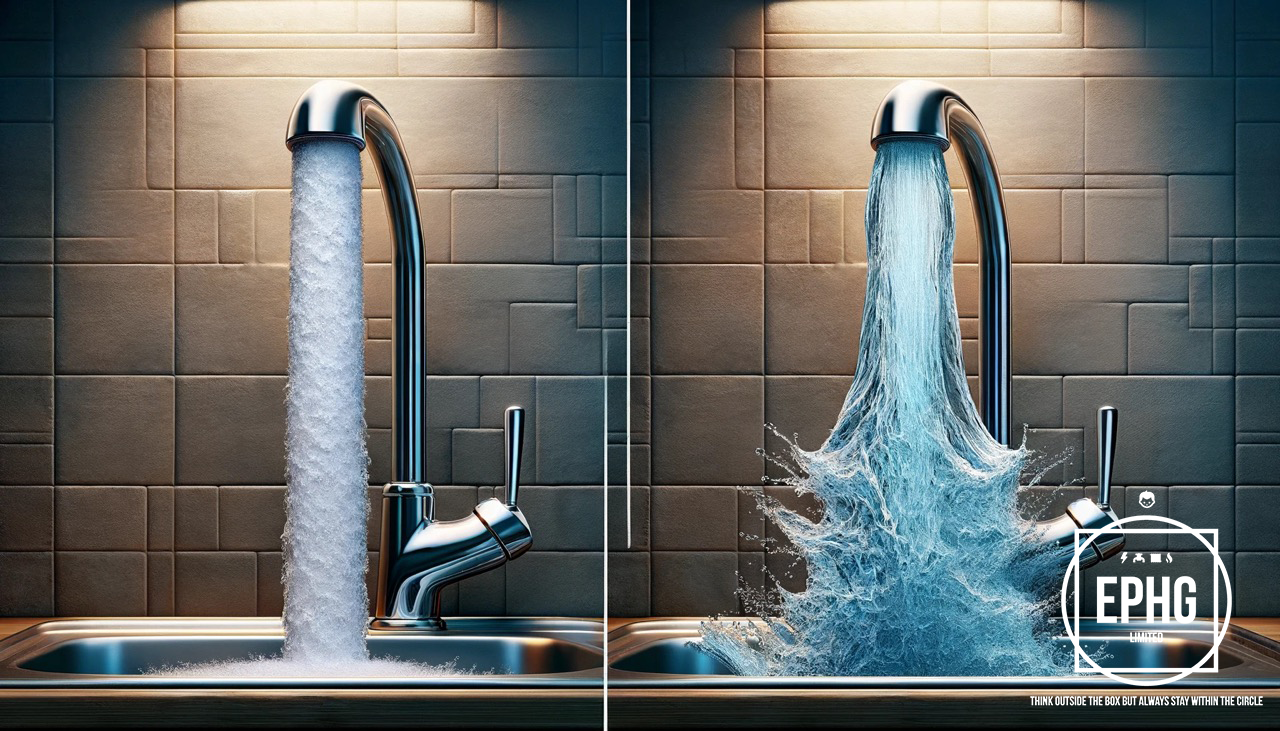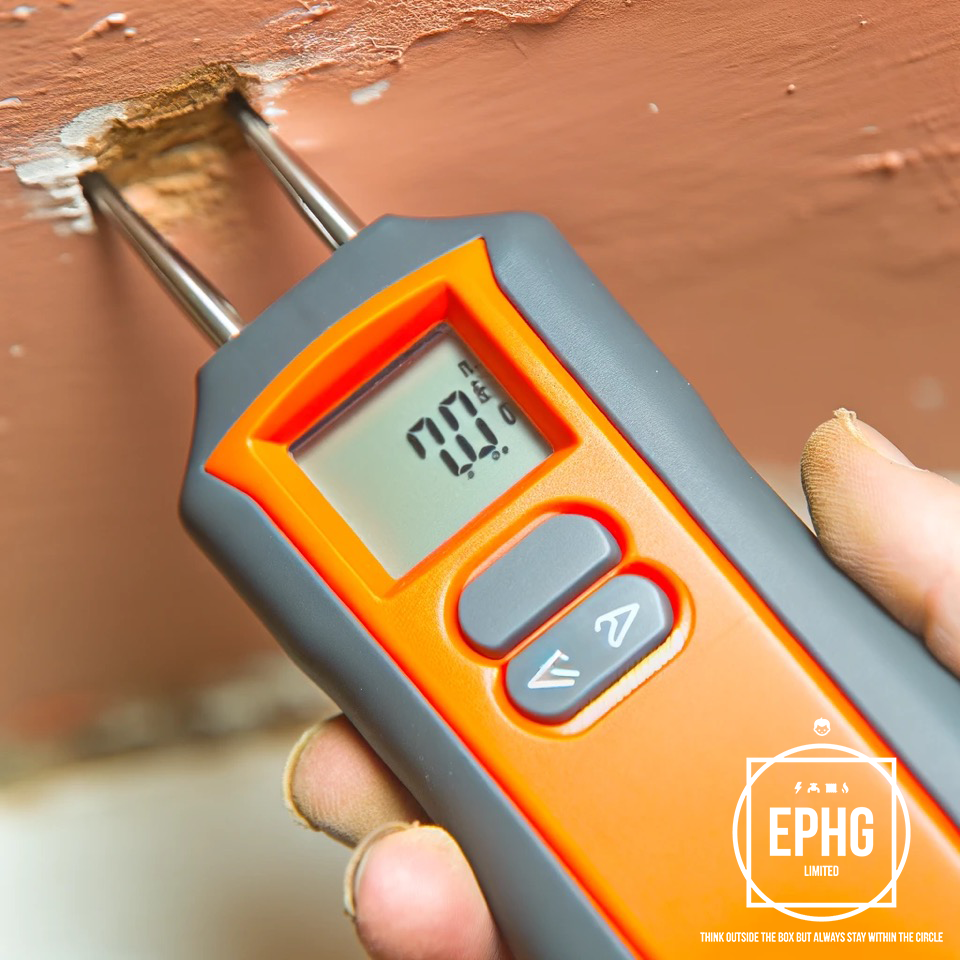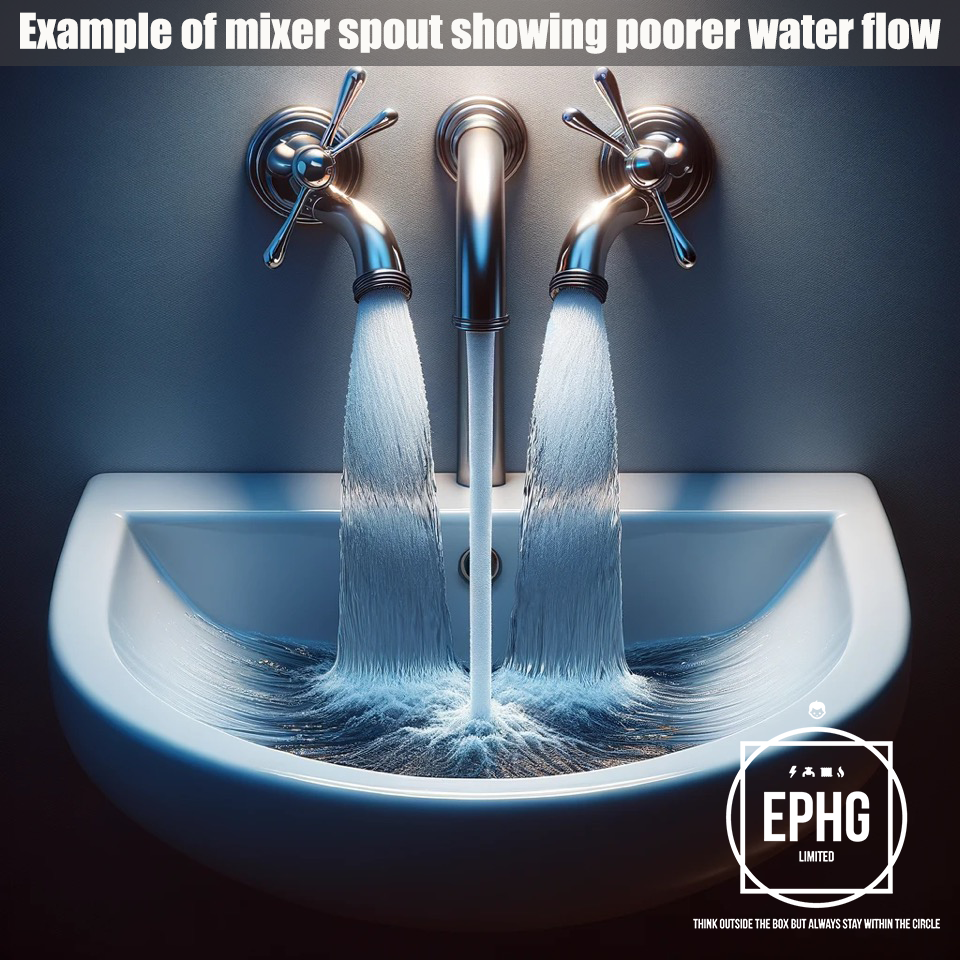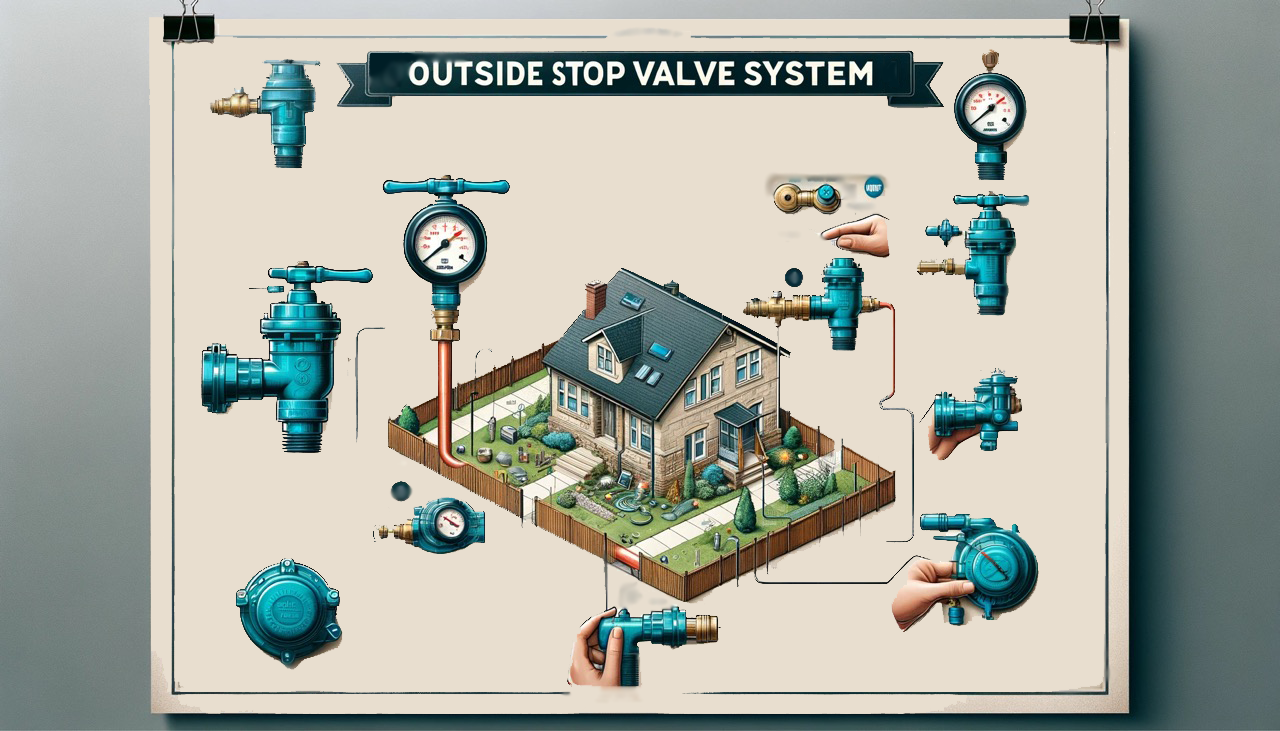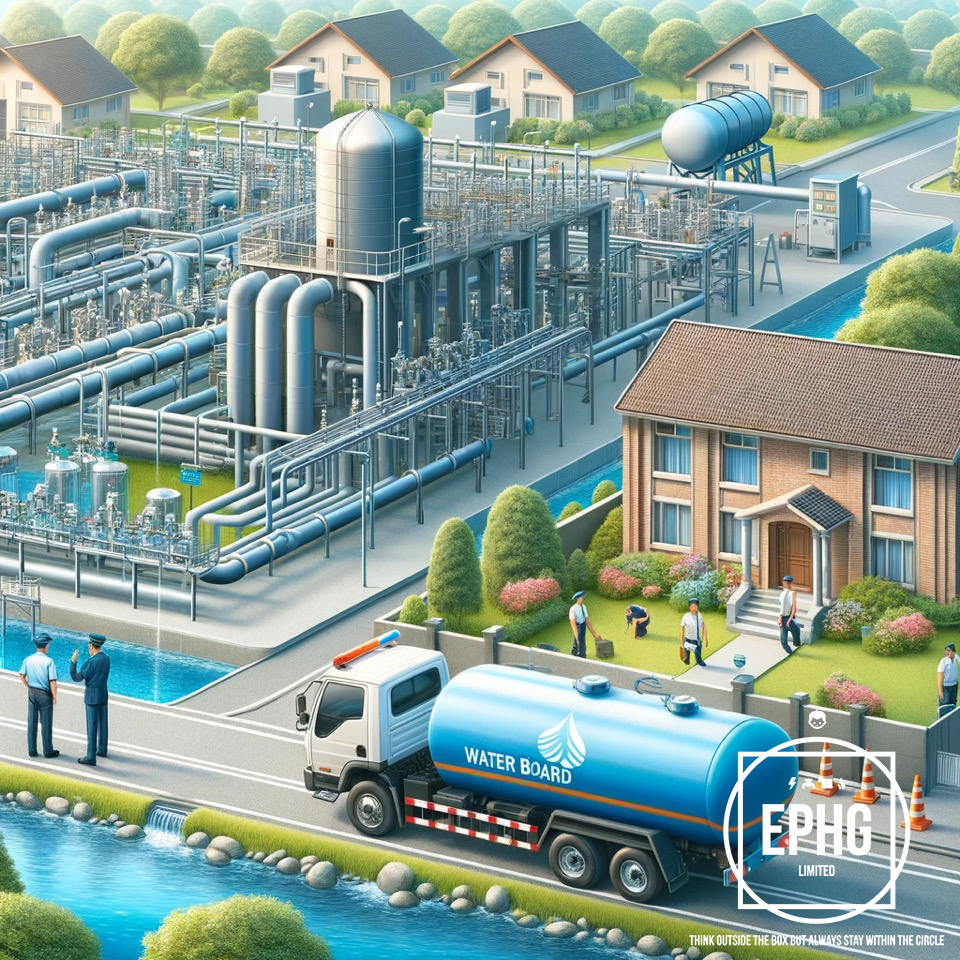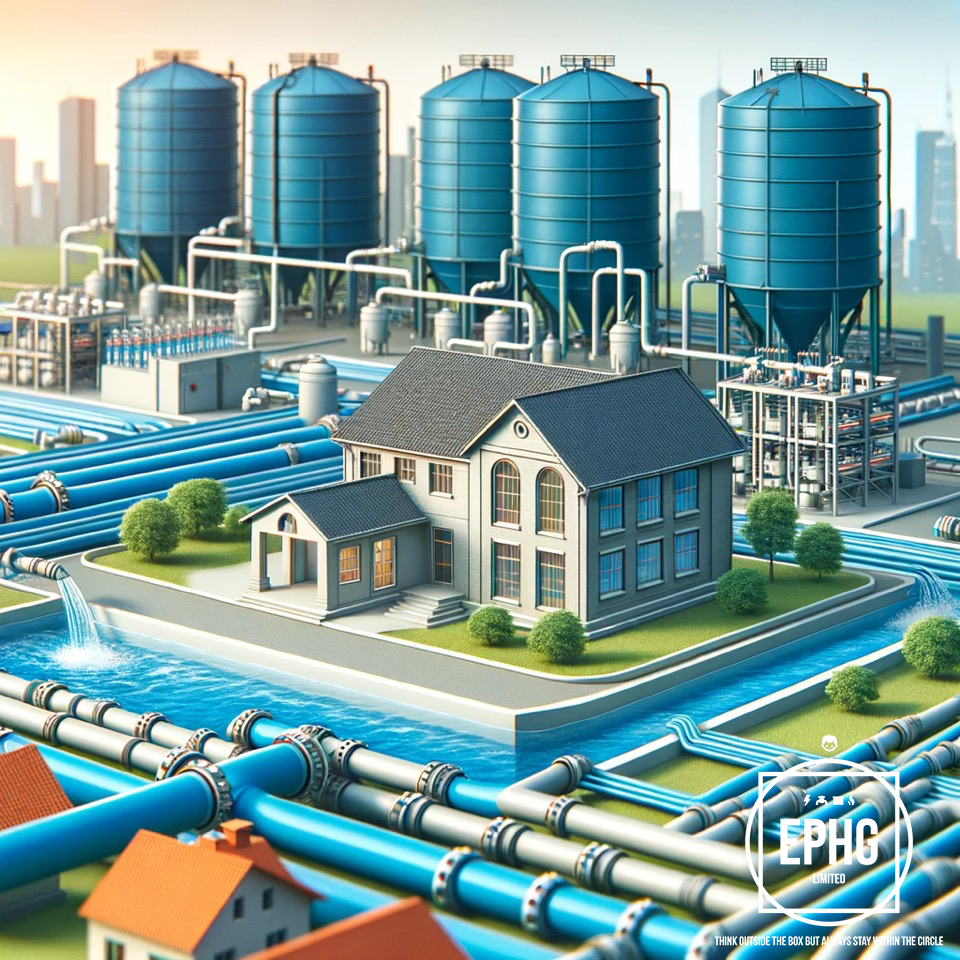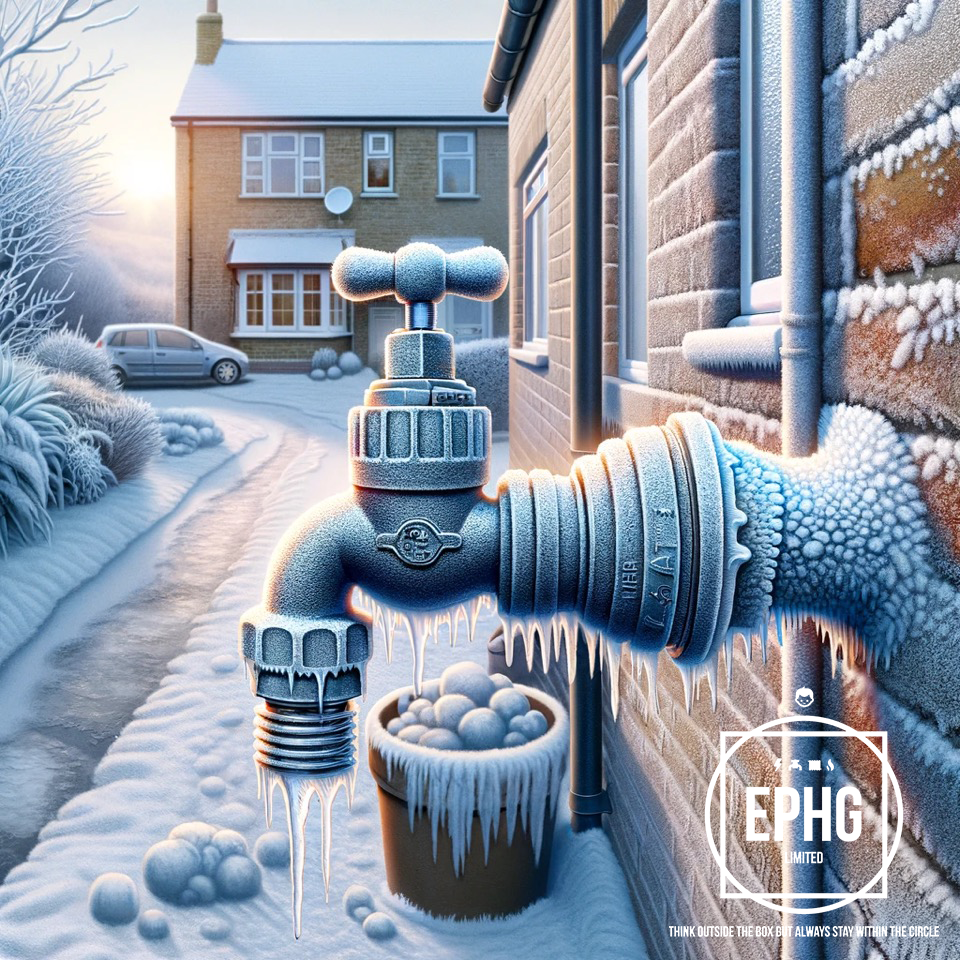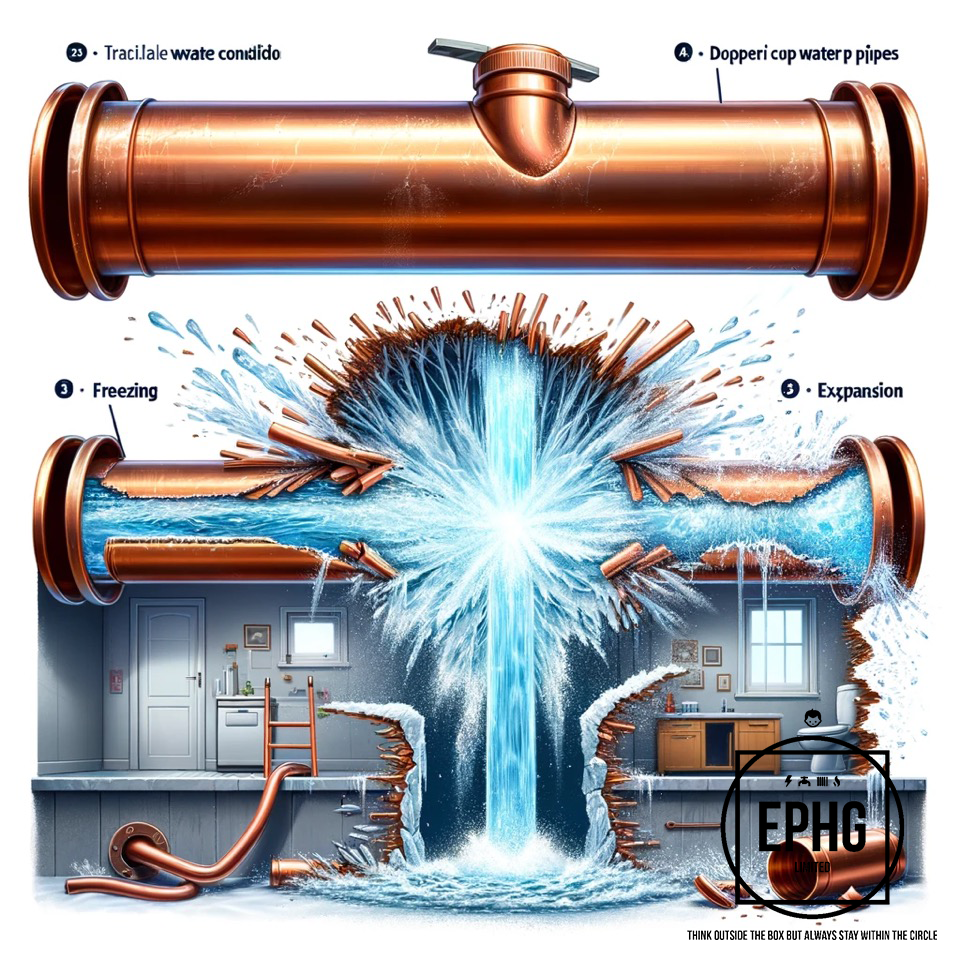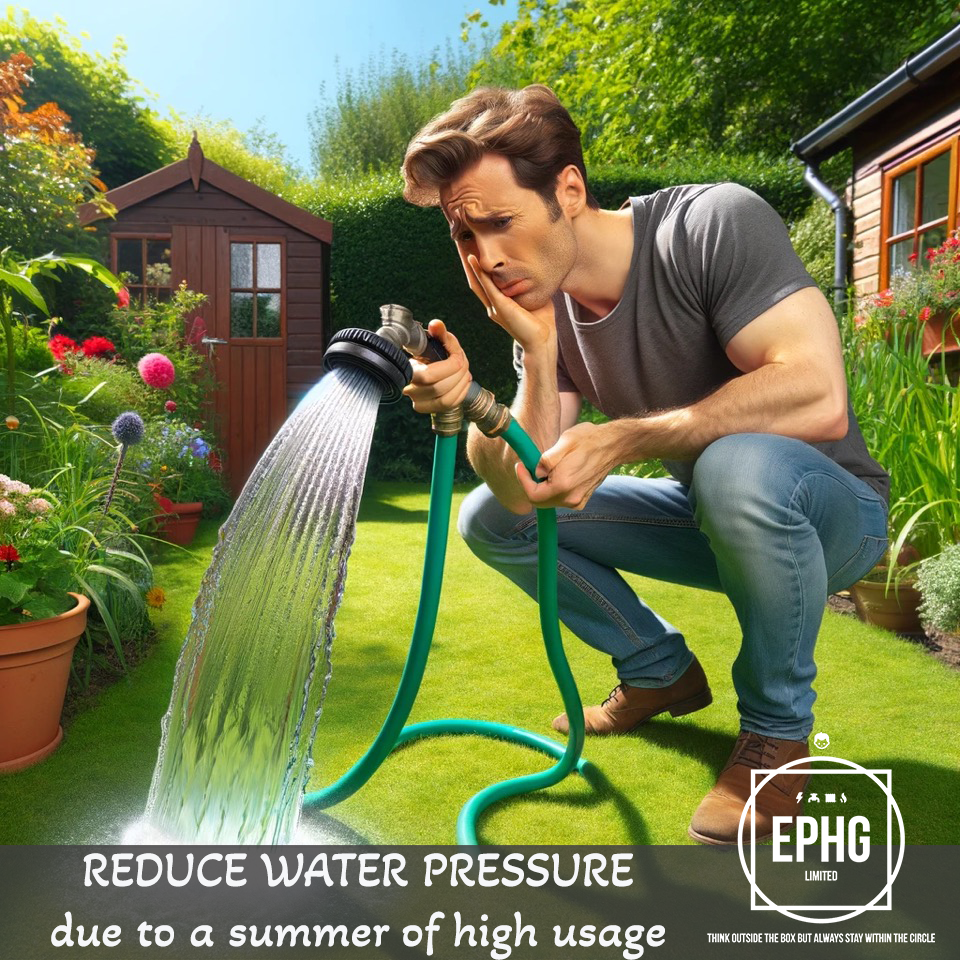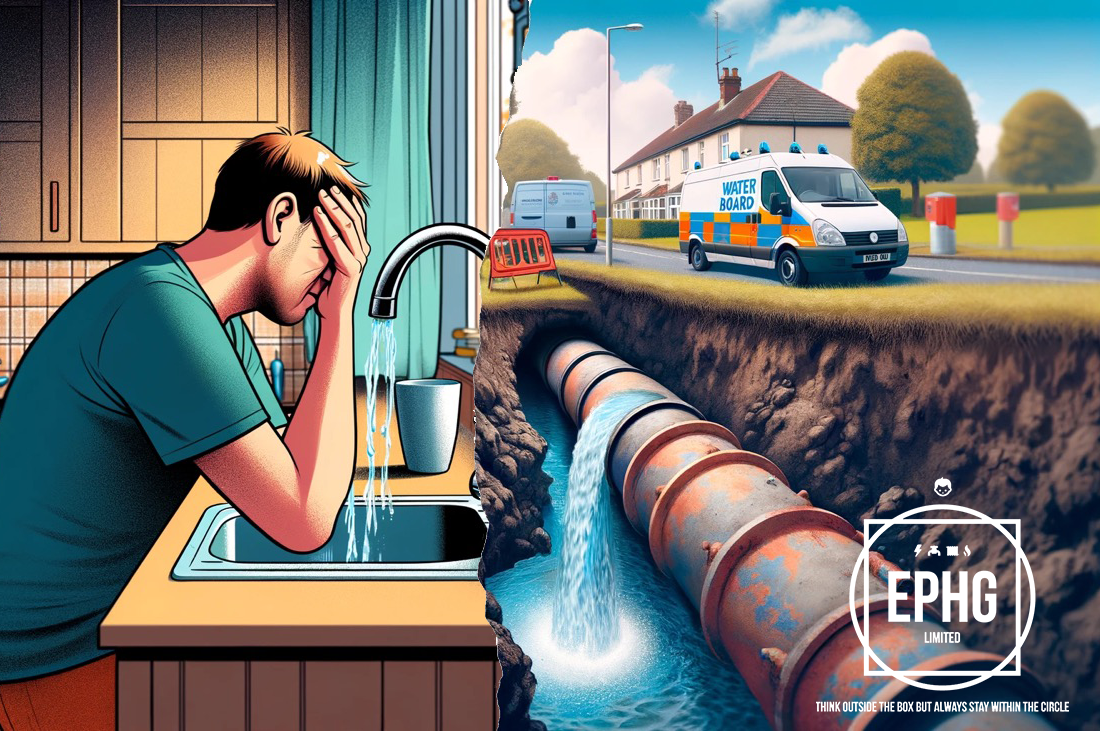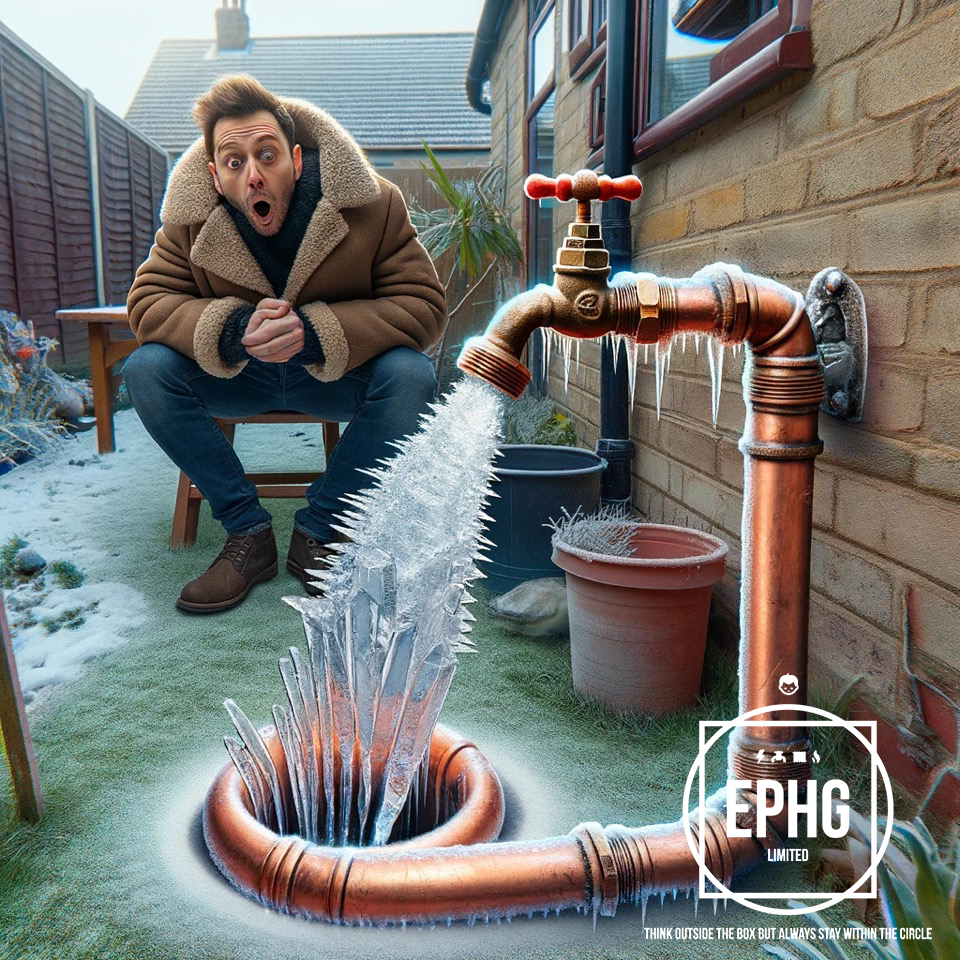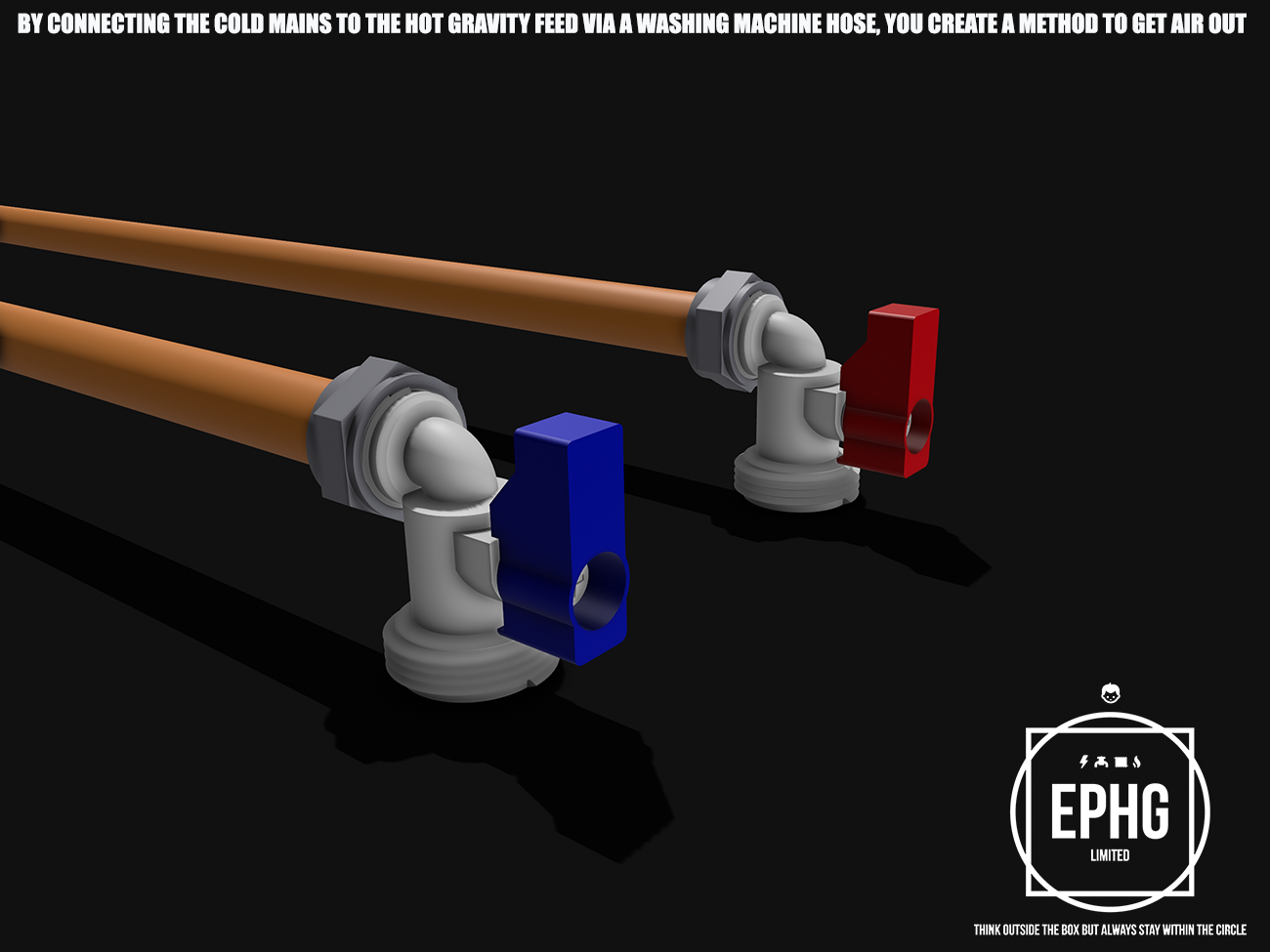
Cold To Hot Washing Machine Valves
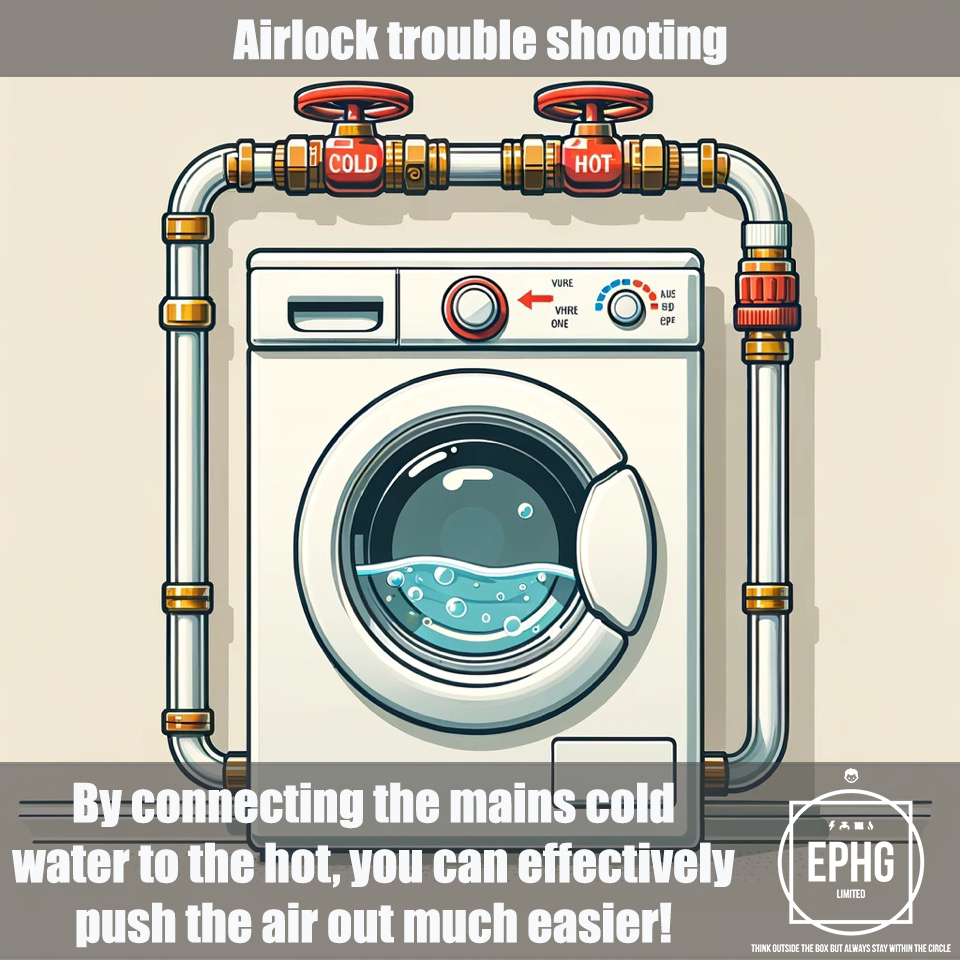
Airlock Trouble Shooting
How To Get An Airlock Out of a Water Pipe
Airlocks in water pipes are a common household issue that can disrupt water flow, causing spouts to sputter or, in severe cases, stop water flow altogether. Here's a guide to understanding, fixing, and preventing airlocks in your water pipes.
Why Airlocks Occur
Airlocks happen when air becomes trapped in the plumbing, preventing water from flowing as it should. This can occur for several reasons:
- Refilling the System: After draining the system for repairs or maintenance, air can enter and become trapped.
- Leaks: Small leaks can allow air into the system.
- High Water Velocity: Sudden changes in water pressure due to quick valve closures can cause air pockets.
- Incorrect Plumbing: Improper plumbing installations can lead to air bubbles forming in electric cylinders, getting trapped and causing airlocks.
How to Get an Airlock Out of a Water Pipe
Here are some steps you can follow to remove an airlock:
Faucet Method
- Turn off all faucets except the one closest to the main supply, preferably on the lowest floor.
- Gradually open other faucets one by one, moving from lower to higher levels of the house.
- This method allows water pressure to push the air out of the system.
Hose Method (for mixer taps)
- Attach a hose to connect the hot and cold water taps.
- Open the hot water tap (this is usually the side with the airlock).
- Then open the cold water tap to allow cold water to flow into the hot water system, pushing the airlock out.
Washing Machine Hose Method (For hot & cold feeds)
- Attach the washing machine hose from one valve to the other.
- Open the hot water washing machine valve.
- Then open the cold water washing machine valve to allow cold water to flow into the hot water system, pushing the airlock out.
- This may require you to also open one tap at a time until all taps are running freely.
Drain the System
- Turn off the main water supply.
- Open all faucets to drain water from the system, allowing air to escape.
- Close the faucets and turn the main supply back on.
Preventing Future Airlocks
To avoid future airlocks and the need for an emergency plumber, consider the following tips:
- Proper Maintenance: Regularly check for leaks and fix them promptly.
- Air Vents and Air Chambers: Ensure your plumbing system includes air vents or air chambers, which are designed to prevent airlocks.
- Refill Slowly: When refilling the system after draining, do so slowly to allow air to escape gradually.
- Pressure Regulating Devices: Installing these can help manage sudden changes in water pressure that lead to airlocks.
Implementing these steps and preventative measures can help maintain a steady, uninterrupted water flow in your home, saving you from the inconvenience and cost of emergency plumbing services.

